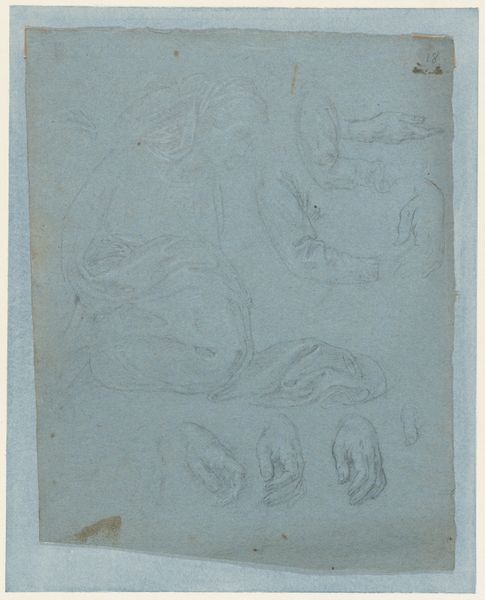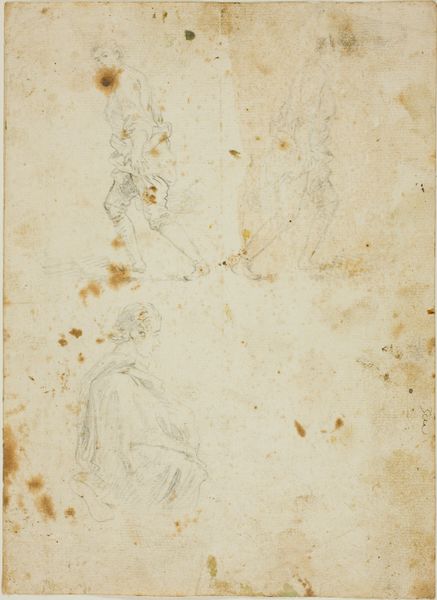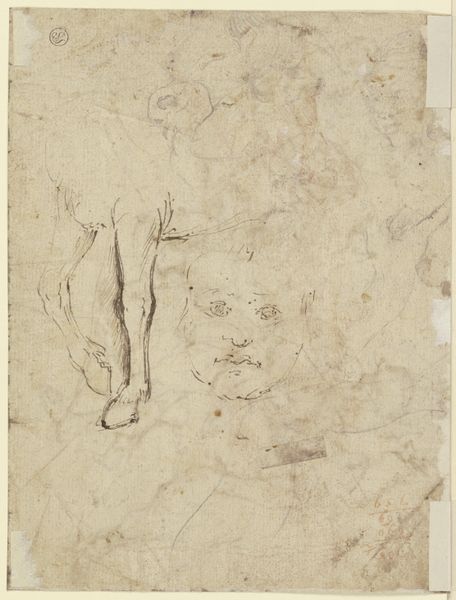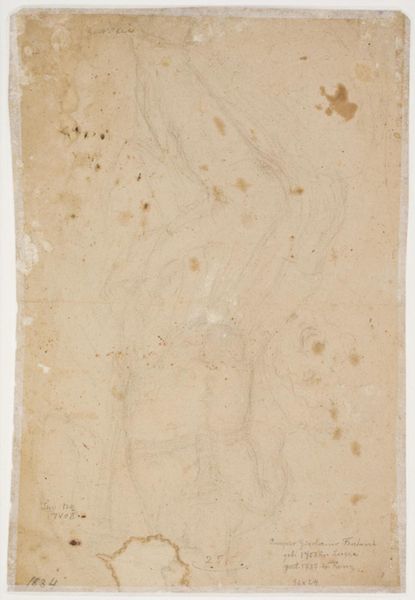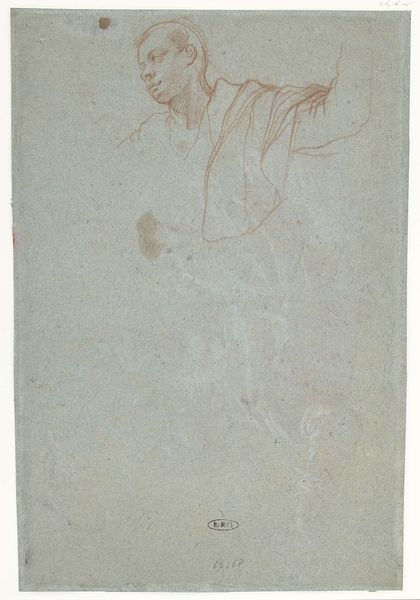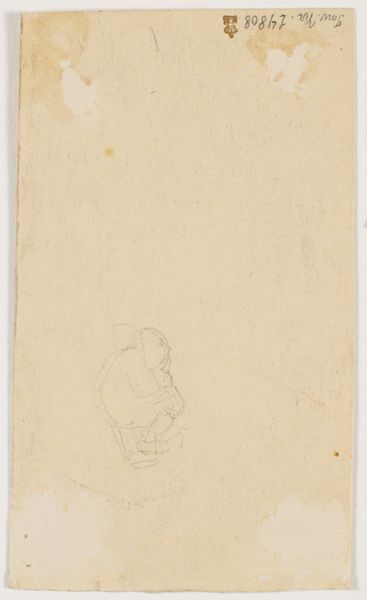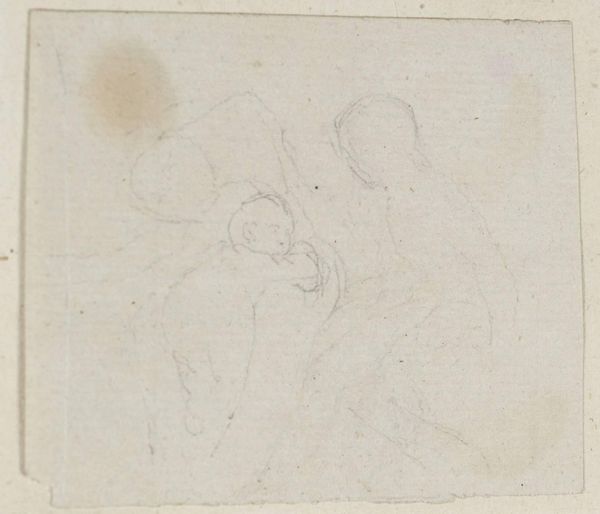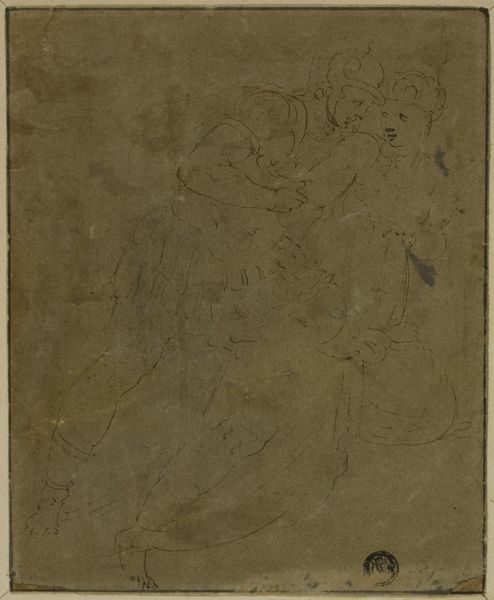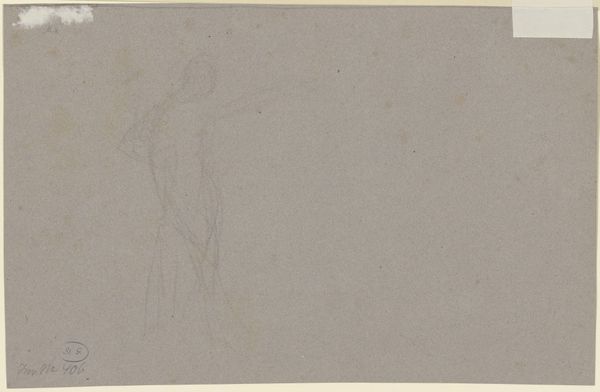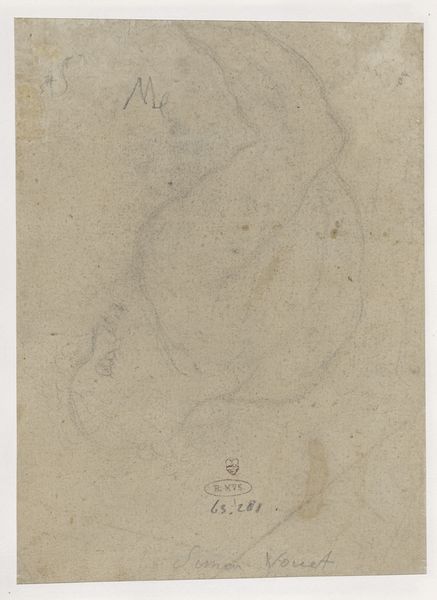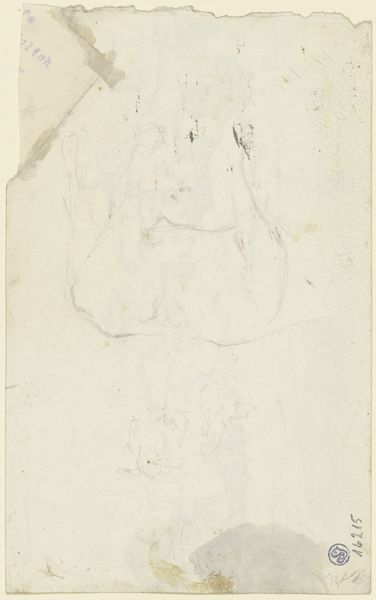
drawing, chalk
#
portrait
#
drawing
#
baroque
#
chalk
#
nude
Copyright: Public Domain
Gaspare Diziani sketched this male nude, likely with graphite on paper, sometime in the first half of the 18th century. In the academies of Diziani’s Venice, life drawing was a key element of artistic training, and was thought to be foundational for history painting, the most prestigious genre. But consider that, at this time, access to the nude body was far from universal. It was tied to class and gender and the ability to command the presence of another, vulnerable human being. The institutions of art helped maintain that imbalance. How might we know more about the power dynamics involved in the making of a sketch like this? We could start by researching academic practices, the social status of artists, and the legal status of models in Venice in the 1700s. Art history is, in this sense, always an exercise in social history.
Comments
No comments
Be the first to comment and join the conversation on the ultimate creative platform.
